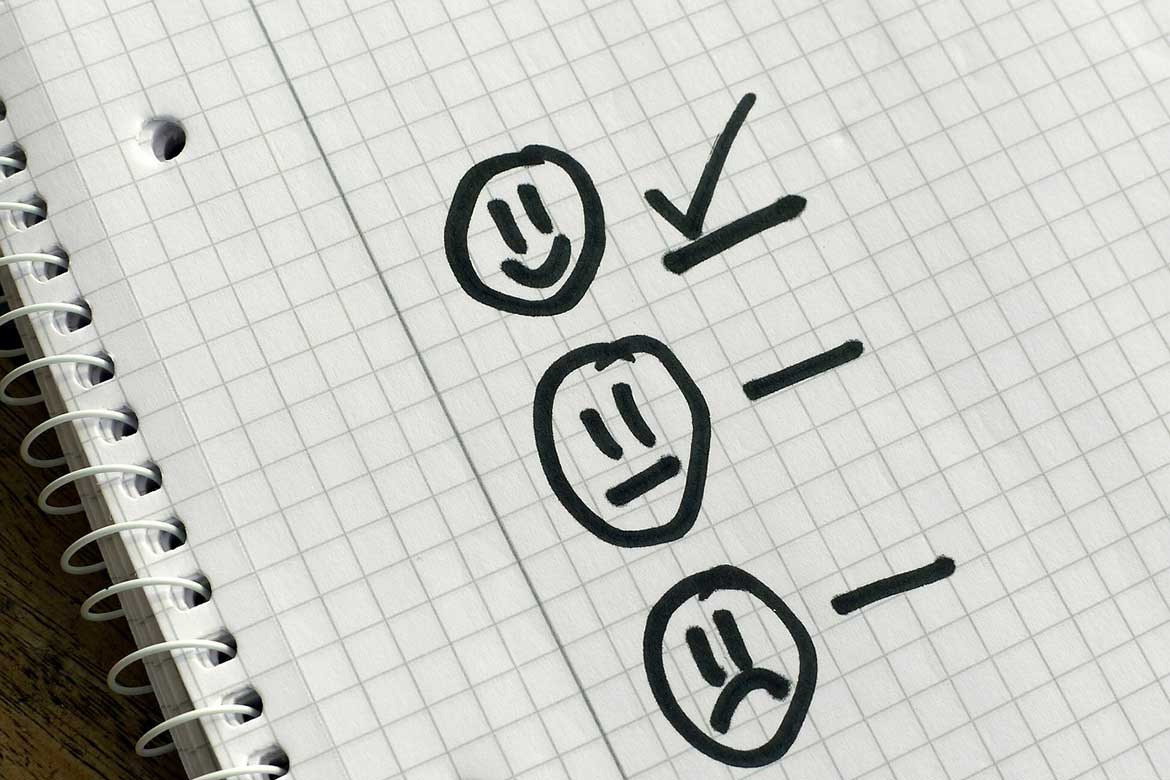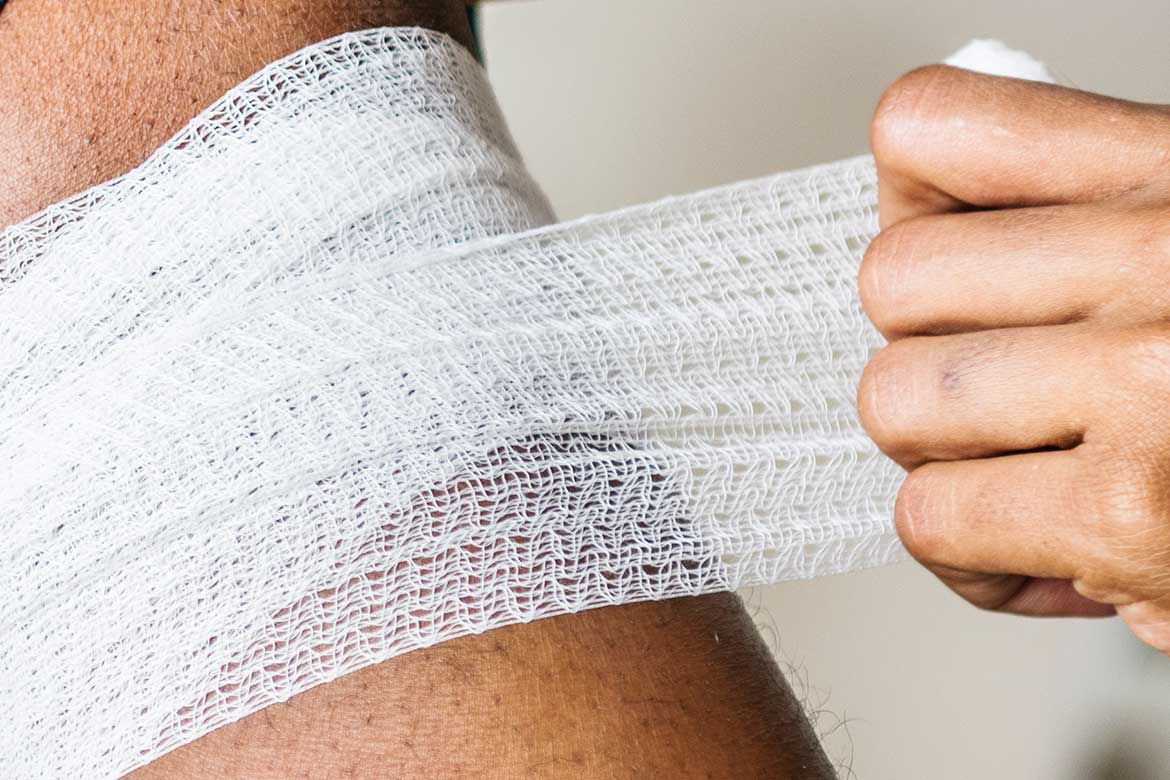21st March, 2024
How To Measure Health And Safety Performance
How do you measure health and safety performance? Usually, we are looking for zero. Zero accidents, zero ill health, zero harm. When we measure by accidents, we are measuring failure. But you can also measure health and safety success.

All businesses understand the importance of measurement. Financial measurement is a must for businesses of all sizes to determine if the business model is viable if pricing is right and if margins are healthy.
Production measurement is usually in place to ensure the workforce is performing efficiently with deadlines to meet, targets to achieve and bonuses on offer.
Health and safety is another important aspect of your business. It might not be the number one priority, but it can support your business's financial health and even save you money. Helping you win more work, more clients, and reduce staff turnover.
Most organisations recognise the benefits of health and safety but fail to measure health and safety performance in the same context as other important business functions.
Why is this?
Because health and safety performance cannot be measured through a one-size-fits-all approach.
Sometimes, businesses only measure health and safety performance on how many accidents you've had. But that doesn't really give you enough information. Your accident statistics might be hiding the truth.
In this article, you'll learn about the most important health and safety measurements and go beyond counting accidents as the only measure of health and safety performance.
Accident statistics
An accident represents a health and safety failure in your business. Something has gone wrong, and someone has got hurt.
While there is no single measure for good health and safety performance, the measure holding the most weight is accident statistics. This is the usual tool for measuring health and safety success. If you're filling in a pre-qualification questionnaire, or a health and safety assessment, you'll often be asked how many accidents your business has had.
We want less accidents, not more - obviously! One accident is better than 10. And no accidents are even better.
Accident statistics are a measurement of failure - a reactive health and safety measure. Accident statistics don't tell you if things are going well, just how many times things went so badly wrong that someone got injured.

Even if you try to turn this performance measure into something positive, for example, "X days since the last accident", where a higher number is better, you are still measuring failure. As soon as an accident happens, we see a failure in health and safety.
But should you just measure accident statistics? No!
Accident statistics alone cannot be used as a diagnostic tool to determine where things are going wrong. Often, by the time poor health and safety performance is reflected in accident statistics, the damage has already been done - to the injured people and your business reputation.
Near-miss reporting
You shouldn't measure health and safety on accident statistics alone. Yes, it's an important measure to know when things have gone wrong and when your health and safety controls have failed - but it's too late.
The accident has happened. Someone got hurt.
Near-miss reporting offers a great way to measure health and safety performance before an accident happens and hopefully stop future accidents too!

If you have a near-miss reporting system within your organisation, but you don't measure results, how do you know if the system is successful?
By measuring and monitoring the data from near-miss reports, you can spot where problems in health and safety are. And you can take action to fix those problems before an accident happens.
And if you get ten reports for a particular health and safety issue in one month, take action, and get 1 or 2 the next month, you know that you are moving in the right direction.
You're still reacting to health and safety issues, but you're measuring health and safety performance to try and catch those issues before they cause accidents.
Health and safety inspections
Health and safety inspections are a proactive safety performance measure.
Instead of people reporting a health and safety accident or near miss, and reacting to fix a problem that occurred in the past, you can actively check what is happening at the moment.
You might use an inspection checklist to check your workplaces on an agreed schedule, or randomly (or a mixture of both) to check that health and safety measures are in place, being followed and working effectively.

During a planned inspection, people will often be on their best behaviour, so it's often good to include random inspections if you are inspecting a workplace where you are not usually present.
Your health and safety inspection can check:
- People
- Processes
- Equipment
- Substances
- Premises
- Documentation
- Records
- Training
Measuring health and safety performance through inspections usually involves a score or grade given to each inspection report. For example, you could score your safety inspections based on the number of breaches or problems that need rectifying.
If an inspection fails 10 out of 100 items covered, they score 90%. Maybe a sign was missing, an induction hadn't been carried out, or someone didn't have the right PPE on.

If the next time that site is inspected they score 95%, you have measured an improvement.
If the next time the site is inspected some of the same items are failing, you have uncovered an ongoing issue. You can review previous inspections to find ongoing issues and identify the actions needed to address these concerns.
You can measure performance through direct observations of conditions and behaviour, through gathering information through questionnaires, meetings and reviews, and through facts and figures examining written documents, records and reports.
Health surveillance
Some of the biggest health and safety problems might not be accidents at all, but ill health.
We can see evidence of this on a bigger scale, nationally, in HSE statistics. In 22/23 60,645 non-fatal injuries were reported by employers, whereas 672,000 new cases of work-related ill health were reported. 3.7 million working days were lost due to workplace injuries, compared to 31.5 million working days lost due to work-related ill health.
Health surveillance is a system of repeated health checks, used to check on the health of your team and identify ill health caused by work.

Health surveillance can be used to measure how successful your controls are. For example, if people start reporting tingling fingers (or other early signs of HAVS), you might not be controlling vibration exposure as well as you should be.
If you detect any health effects early, you can review and revise your risk assessments and put extra control measures in place.
Final thoughts
If you don't measure your performance, you don't know if you are succeeding or failing. You can't assess if you're making improvements or if things are slipping. You can't take action to reward success or rectify mistakes.
If you didn't measure your financial performance, you wouldn't stand a chance in developing or growing your business. If you didn't know if that last job made a profit or a loss, then your pricing, cash flow, and financial forecasts would suffer as a result.
The same is true for your health and safety performance. If you don't measure, you can't take action. If you don't know that people are working safely, you can't be sure if an accident is likely to happen, derailing your future plans, projects, and reputation.

How should you measure health and safety performance? You need to implement not one, but several measures across your health and safety activities.
Measure each health and safety activity or system in some way - so you know how successful that initiative is or if there is a problem.
We've covered some of the most common health and safety performance measures in this article, but for every health and safety initiative you put in place, think about how you can measure it.
And what exactly are you measuring for? There must be a purpose to your measurement. If you get 25 near-miss reports in a month is that good or bad? Before you start measuring, you need to consider:
- What outcome do you want?
- When do you want to achieve the outcome?
- How will you know when the outcome has been achieved?
- What result should the outcome produce?
- How would you know that people are doing what they should be doing?
By establishing baseline data (how you are currently performing), and setting goals or targets (how you want to perform), you can start to take action to improve your health and safety performance.
Of course, risk can never be zero, but by measuring health and safety performance, you can know where you are at and what you need to do to improve.
Want to improve your health and safety performance? Here are 5 examples of how near-miss reporting can stop accidents before they happen.
This article was written by Emma at HASpod. Emma has over 10 years experience in health and safety and BSc (Hons) Construction Management. She is NEBOSH qualified and Tech IOSH.
Better health and safety...
We are here to help you and your business put safety in everything.
Learn MoreRecent posts like this...

HSE Fee For Intervention Charges Explained
FFI stands for 'fee for intervention', which was introduced under the Health and Safety (Fees) Regulations 2012. FFI aims to recover the HSE's costs, including inspection, investigation and enforcement action, charging businesses that are in breach of health and safety regulations.
Read Post
How To Plan For Better Health And Safety At Work
If you want better health and safety, you need to plan for it. And who doesn't want to stay safer and have fewer accidents and ill health in their workplace? In this blog post, we look at how to plan for better health and safety at work.
Read Post
No Injuries, No Health And Safety Problems!?
It's been over a year since the last injury in your workplace. But just because you haven't had any accidents doesn't mean you are safe or that your health and safety performance is good. Your accident reporting system might just be hiding the truth. No injuries, no problems!? Don't count on it.
Read Post